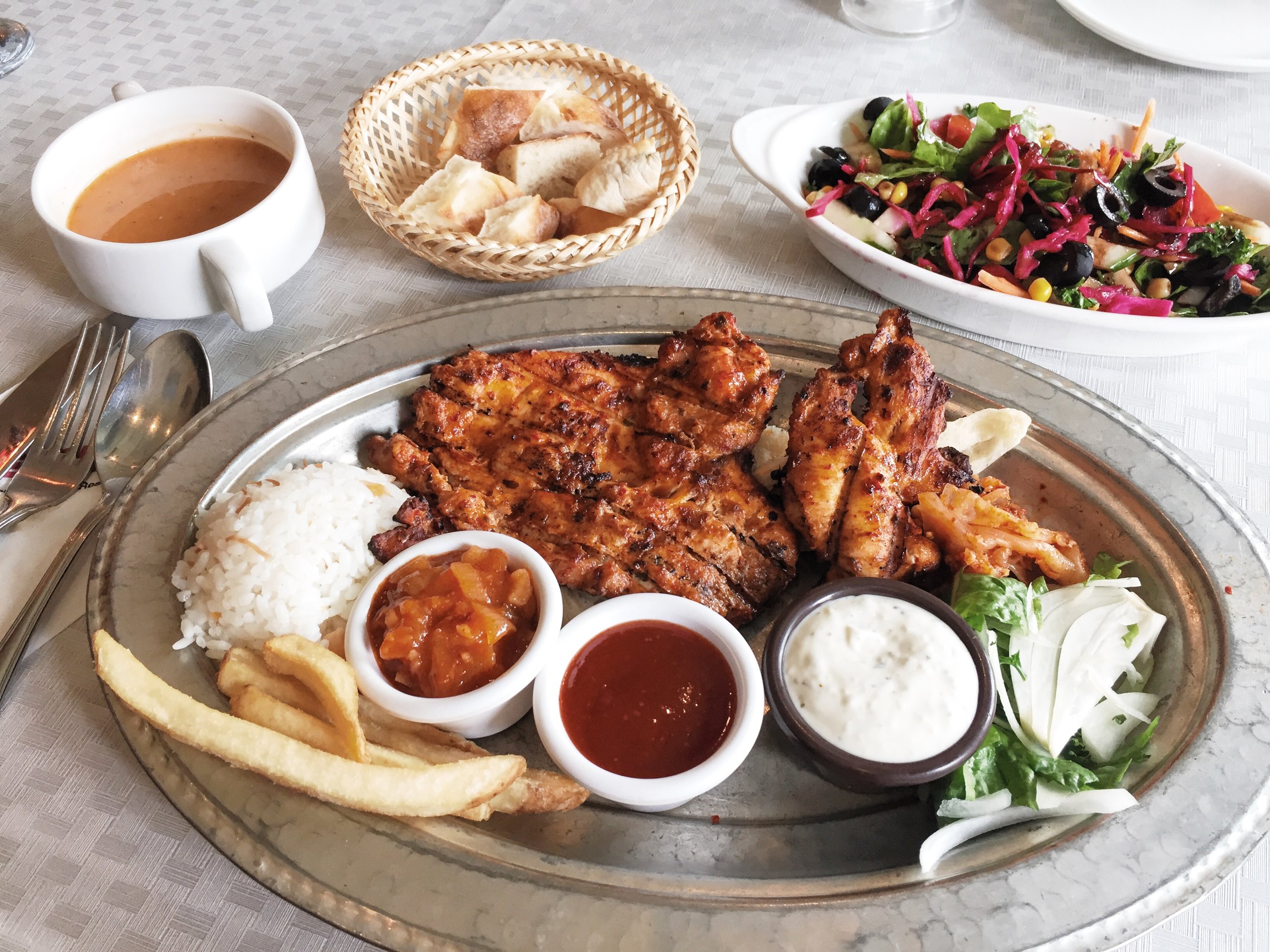Today we eat three flavors of Pepero (빼빼로): the original chocolate, almond and nude. Pepero is similar to the Japanese Pocky, another bisquit stick dipped in chocolate. Interestingly Lotte, the company that owns Pepero, was founded by Shin Kyuk-ho, a Japanese businessman of Korean ancestry. Shin's younger brother is the chairman of Nongshim, which is famed for their Onion Rings and Shrimp Crackers. I eat them in later episodes of Snack Tub Korea. I digress. Let's get in the tub and find out which flavor of Pepero rocks Professor Oh's taste buds!
We begin with the Original Pepero. Please eat with care. Place your hands on the top of the plastic packaging so you do not melt the chocolate. Everyone will enjoy Pepero. Your mom, your future lover, your pet rock. But seriously it's a simple yet likeable snack.
Ever heard of Pepero Day? Celebrated on 11/11 since the ones look like the bisquit sticks, Koreans pass out boxes of these goodies to their family and friends. Special edition Peperos are sold in stores, including gigantic ones. Other people like to homemake their chocolate-covered sticks.
The Nude Pepero is the Original Pepero flipped into out: bisquit on the outside, chocolate in the inside. The Nude sticks are thicker than the Original sticks. Because of the bisquit to chocolate ratio, the Nude Pepero tastes more bland. I prefer the Original.
Last but not least we try the Almond Pepero. She's the edgy and wild one of the three. I confess I'm partial to almonds. However from an objective point of view, Almond Pepero beats the Original.
Original Pepero = 5 out of 5 kpop stars. Recommended for kids.
Nude Pepero = 4 out of 5 kpop stars. For adults who prefer mild flavor.
Almond Pepero = 6 out of 5 kpop stars. Recommended for the next generation human beings.
Time for some improv cooking. Using today’s snacks we make Pepero Kimchi.
Happy responsible snacking! Don’t forget to eat your carrots and peas :)











































